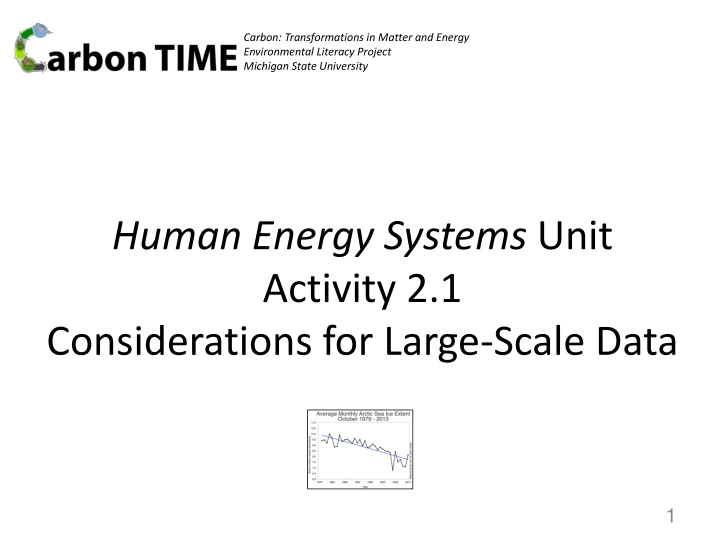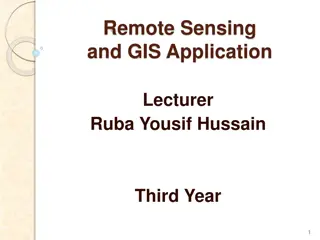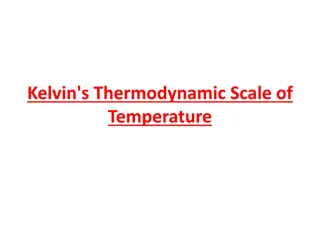
Considerations for Large-Scale Data Analysis
Representations, generalizability, variability, and trends in large-scale data, focusing on Arctic sea ice measurements and their significance for global patterns. Learn about the importance of sea ice and how it impacts global warming.
Download Presentation

Please find below an Image/Link to download the presentation.
The content on the website is provided AS IS for your information and personal use only. It may not be sold, licensed, or shared on other websites without obtaining consent from the author. If you encounter any issues during the download, it is possible that the publisher has removed the file from their server.
You are allowed to download the files provided on this website for personal or commercial use, subject to the condition that they are used lawfully. All files are the property of their respective owners.
The content on the website is provided AS IS for your information and personal use only. It may not be sold, licensed, or shared on other websites without obtaining consent from the author.
E N D
Presentation Transcript
Carbon: Transformations in Matter and Energy Environmental Literacy Project Michigan State University Human Energy Systems Unit Activity 2.1 Considerations for Large-Scale Data 1
You are here 2
Considerations for making sense of large-scale data 1. Representation What variables are represented? What time period is represented? 2. Generalizability Which of Earth s regions are included? What does this data tell you about global patterns? 3. Short-term variation Describe the short-term variability in the data. Is it predictable or unpredictable? 4. Long-term trends Describe the long-term trend in the data. Is it predictable or unpredictable? 4
Questions about Arctic Sea Ice a. What is sea ice? Sea ice is frozen ocean water and only exists in the Arctic and Antarctic. When sea water freezes, it freezes just the water and the salt is forced out into the surrounding ocean water. Sea ice grows during the winter months and some melts during the summer. b. How do we measure sea ice? Scientists have been using photos taken by satellites measure the extent of sea ice since the 1970s. c. Why is sea ice important? Sea ice slows down global warming. Sea ice is mostly white, so when sunlight hits the surface of sea ice, most of the energy is reflected right back where it came from space. Less sea ice means the earth s surface has more dark ocean water, which absorbs solar energy. So sea ice is kind of like air conditioning. You can learn more about why sea ice matters in this short video: https://youtu.be/MIMuPW4Lebg 6
Note: Fill out only the Arctic Sea Ice row of the Finding Paterns Tool. You will complete the other rows later. Representation What variables? What time period? Generalizability Which regions are included? What does this tell you about global patterns Short-term variability What is the short-term variability in the data? What is the long-term trend? Is it predictable or unpredictable? Long Term Trend What is the long-term trend? Is it predictable or unpredictable? 7
How do these considerations help us make sense of large-scale data? What do we mean by large-scale data? How do graphs help simplify what we observe & measure (as compared to video animations for example)? What do we mean by representation? What do we mean by generalizability? What do we mean by short-term variability? What do we mean by long-term trends? How do trend lines help us visualize long-term trends? 8






















